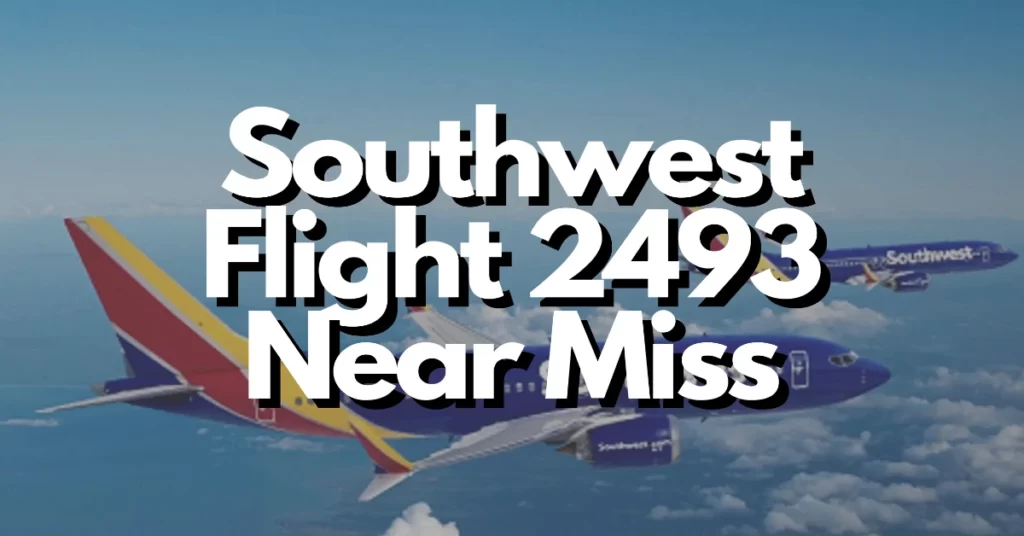Imagine the heart-stopping moment when two aircraft, each carrying its precious cargo of passengers, come perilously close to colliding mid-air. Such a harrowing incident recently unfolded involving a Southwest Airlines flight and a private Cessna jet.
The near miss, where the two aircraft came within a shocking 100 feet of each other on a San Diego runway, has set off a flurry of investigations by US aviation authorities. This alarming event sheds light on the challenges of maintaining air travel safety and the critical importance of preventing such close encounters.
A Dangerous Proximity: An Unsettling Near Miss
A routine day at San Diego International Airport took a terrifying turn when a Cessna corporate jet, descending for a landing, was unexpectedly cleared for the very runway where a Southwest Airlines Flight 2493 was preparing to take off.
The two aircraft, each loaded with passengers and guided by different flight plans, came astonishingly close – a mere 100 feet of separation – before the Cessna pilot initiated an abrupt climb. This heart-pounding situation has sparked investigations by not just one, but two US aviation authorities: the Federal Aviation Authority (FAA) and the National Transportation Safety Board (NTSB).
Swift Responses: Investigations Take Flight
In the aftermath of the heart-stopping near miss, both the FAA and the NTSB launched comprehensive investigations to ascertain the factors that contributed to this potentially catastrophic event. Preliminary findings from the FAA’s initial review reveal that the Cessna jet was cleared to land on the same runway that the Southwest plane had been designated to taxi and await clearance for takeoff.
This troubling overlap of instructions, combined with the cramped airspace and time-sensitive decisions, underscores the complexity of air traffic control.
Rising Concerns: A Pattern of Near Misses
The near miss incident between the Southwest flight and the Cessna jet is not an isolated occurrence. Rather, it adds to a growing list of worrisome incidents, a total of six, currently under the scrutiny of both the FAA and the NTSB.
These alarming trends have not gone unnoticed by aviation authorities, sparking concerns and intensified efforts to ensure the safety of air travel. In recent years, there has been a surge in “runway incursions,” prompting Transport Secretary Pete Buttigieg to address the issue at an FAA safety summit.
The Search for Solutions: Enhancing Air Travel Safety
As the investigations delve into the circumstances surrounding this near miss, aviation professionals and authorities are left grappling with questions and uncertainties. The aviation industry is grappling with how to address these near-miss incidents, with potential causes ranging from overburdened cabin crews to air traffic control challenges.
In response, the FAA has committed to improving air traffic control operations to mitigate the risk of such events in the future.
Conclusion
The chilling close call between the Southwest Airlines flight and the Cessna jet underscores the intricate ballet of aircraft movements in our skies. As air travel continues to be an integral part of our modern world, it is crucial to reflect on the collective efforts and advancements that have allowed aviation to be one of the safest modes of transportation.
This near miss is a solemn reminder that even amidst meticulous planning and rigorous regulations, there can be moments of intense vulnerability. Yet, it is in these very moments that the aviation industry rallies to learn, adapt, and further enhance the systems that keep us soaring through the skies with confidence.
